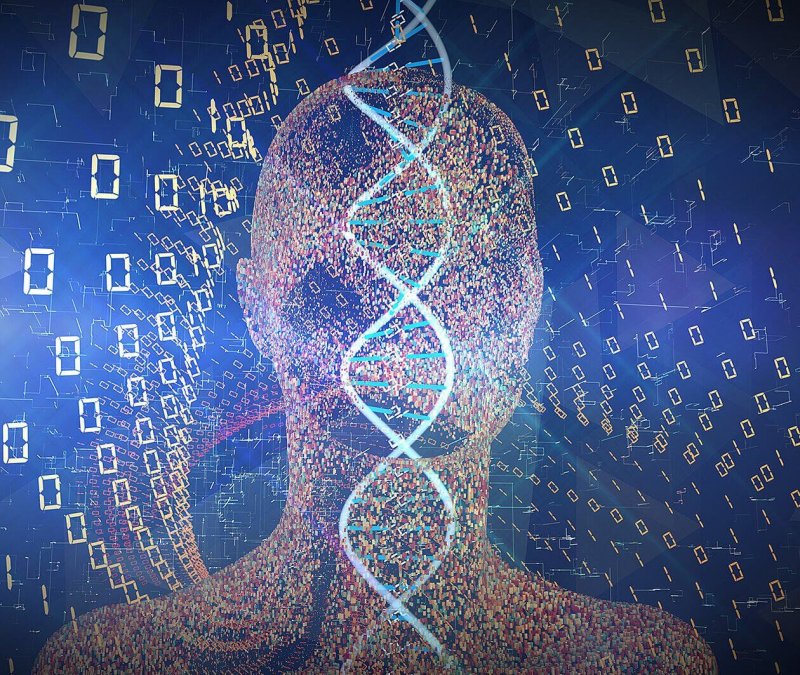The idea of gene editing was once a thing of the future — but today, it soon could be saving the lives of people all over the world. CRISPR is a gene editing system that bacteria have been using for possibly a few billion years. When a virus attacks a bacterium, this system takes a “mug shot” and keeps a snippet of the virus’s DNA in order to “remember” it. If the same virus ever attacks again, the bacterium can fight off the virus before it causes harm.
Accompanied with 21st century tech, that’s no longer all CRISPR can do. Scientists have since learned how to repurpose this system to cut our own DNA, wherever we tell it to, in order to edit our genes.
Is gene editing something we need to worry about? Some scientists think so. If we move too fast and over-indulge in this technology, it’s possible that we could be making permanent changes to the human species. But as of today, CRISPR is being used for good — editing genes in people living with chronic diseases, helping patients around the world live healthy, normal lives.































